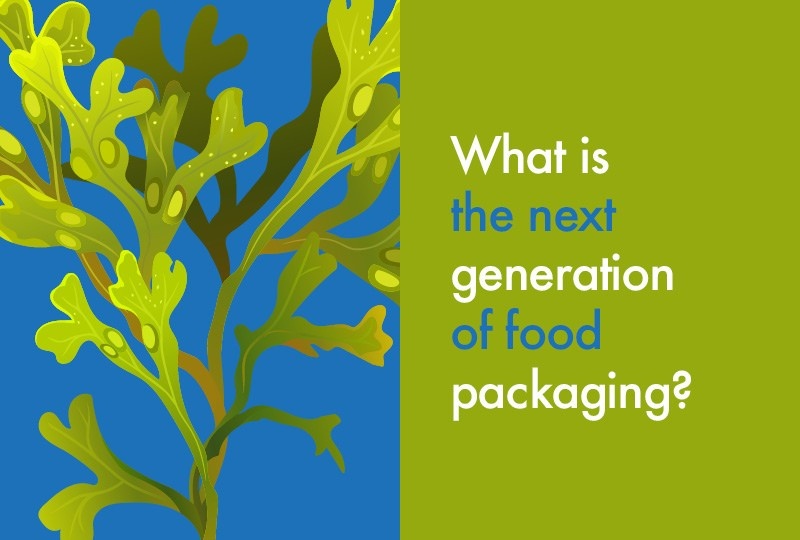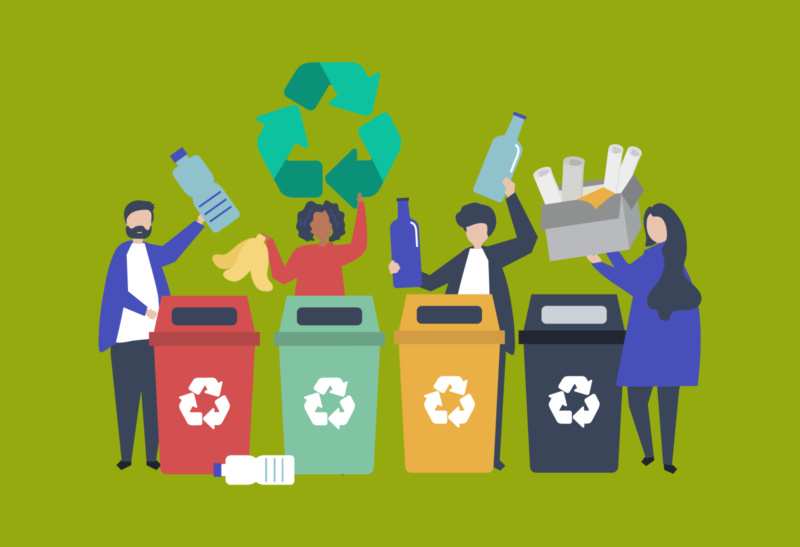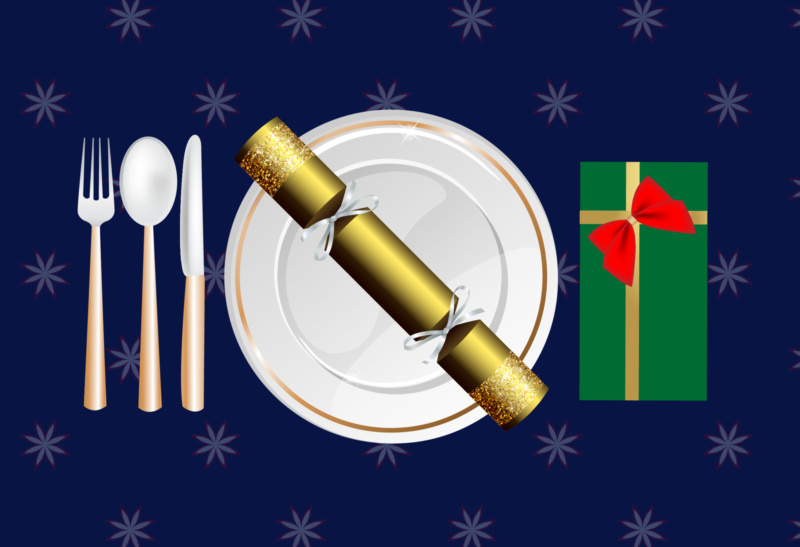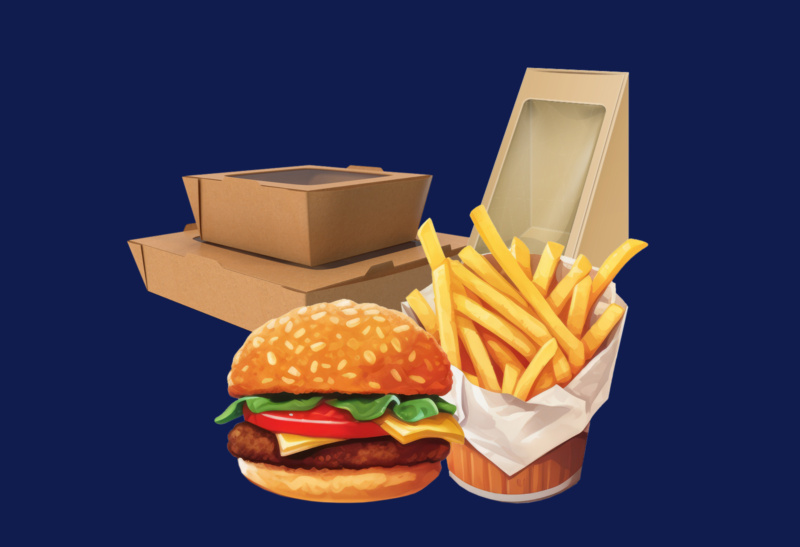We continue to drive sustainability and provide more choice for our customers regardless of waste stream. For example, we already boast a comprehensive range of PE, PLA and Aqueous lined board products, which require different waste streams.
But wouldn’t it be great if we had products that could go into any waste stream and therefore have minimum impact on the environment? What if I said seaweed was the product that will change the way you think about food to go packaging?
So what is seaweed lined packaging?
The coating is made from seaweed – one of nature’s most sustainable resources – and plant extracts. Globally abundant and fast-growing, seaweed doesn’t require fresh water or fertiliser and doesn’t compete for arable land, unlike many land-based natural crops. Seaweed also reduces ocean acidification and effectively absorbs carbon, making it one of our greatest weapons against climate change in the foodservice industry.
Not compromising on usage, the coating has the same grease and water-resistant qualities of plastics, but is not plastic!
Why is seaweed the next generation of food packaging?
We asked one of our suppliers of seaweed lined packaging their thoughts. Here’s what Growth Lead at Notpla, Jorge Garaffa, had to say:
“Between 2020 and today, we’ve seen consumers around the world adjusting their purchasing preferences at a rapid pace. Nowhere is this adjustment more prevalent than in the consideration of a business’s purpose, with evidence showing that consumers seek products and brands that align with their values and provide health and wellness benefits. In short, the value-driven mindset is decreasing, and purpose-driven consumers are now the biggest segment in the market, making up 44%* . As the climate crisis unfolds, this trend is expected to grow at an exponential rate.
Alongside this consumer trend, legislation is also empowering and promoting these new consuming habits… which is a good thing because, as a society, we’re not willing to reduce our consumption levels, and on the contrary, look to consume more and more. This consumption is coupled with a demand for ease-of-use, convenience and a growing emotional desire for guilt-free products, therefore looking to brands with the highest of green credentials.
When it comes to food packaging, this general pivot in consumer preferences leads to an increased awareness and rejection of plastic-coated products. The new standard they demand is truly plastic-free.”
How is it then recycled?
As the lining is made from seaweed it biodegrades naturally, and is both home-compostable and recyclable, leaving no harmful traces behind in the environment at end-of-life, offering users simple and guilt-free disposal options. Even if the packaging doesn’t reach the bin it biodegrades in nature in just 4-6 weeks without the need for industrial composting or special conditions.
We are really excited to be partnering with NOTPLA, launching their fantastic seaweed-lined food to go packaging. Notpla is a UK-based sustainable packaging pioneer and the winner of Prince William’s Earthshot Prize 2022. Their elegant collection is made of 6 plastic-free packaging solutions.
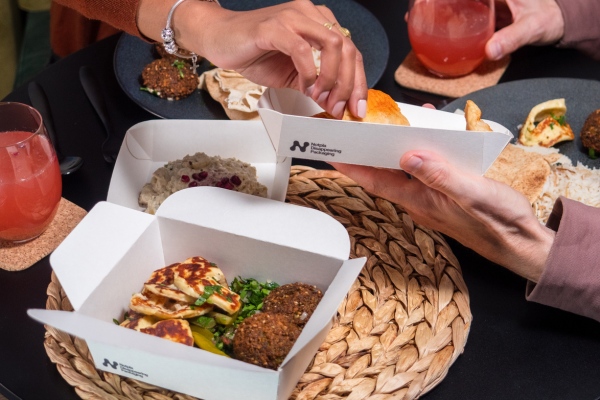
(13469, 13470, 13471)
Of course, for our customers, the biggest pain that seaweed lined packaging addresses is the simplicity in disposal – allowing the packaging to return to nature no matter what waste stream it makes its way into. Consumer desire and immense marketing exposure also makes Notpla’s packaging highly sought after by businesses who recognise the potential of this demand.
Furthermore, by choosing seaweed lined products, businesses address the true cost of food packaging: they say goodbye to costly “closed loop” systems, any requirements for cleaning/washing solutions (as reusables demand) and Notpla’s products are locally produced, therefore reducing supply chain disruption risks.
To view the full range and other plastic free packaging solutions such as plastic free cups and paper cutlery visit our catering supplies website.
Read more of our related blogs here:
- Can you recycle paper cups?
- 5 examples of innovative products with sustainable features
- 5 handy tips to reduce your plastic usage
- How to clean green – what does it actually mean?
- How to choose packaging with sustainable features
- 10 easy tips to be more sustainable
